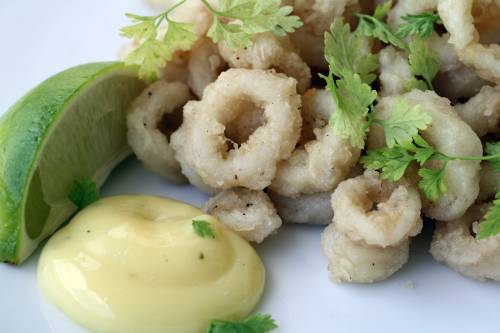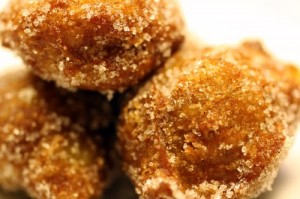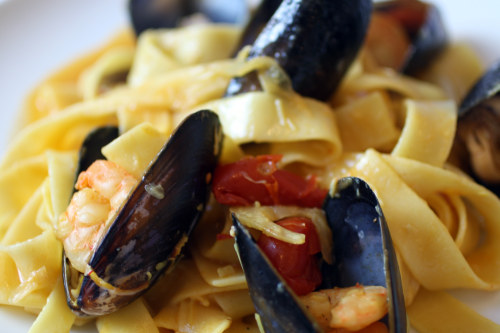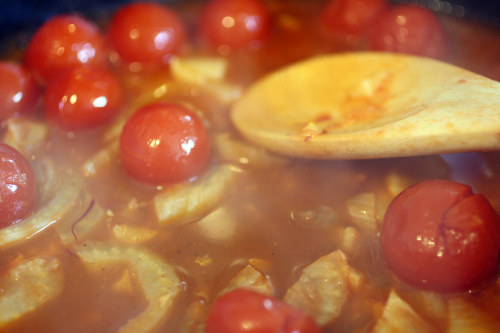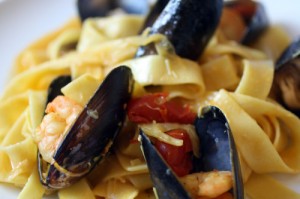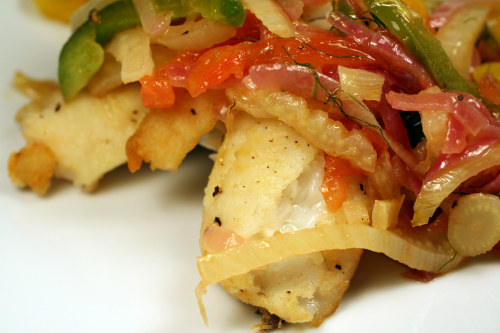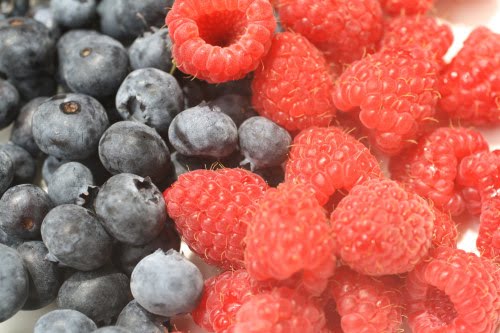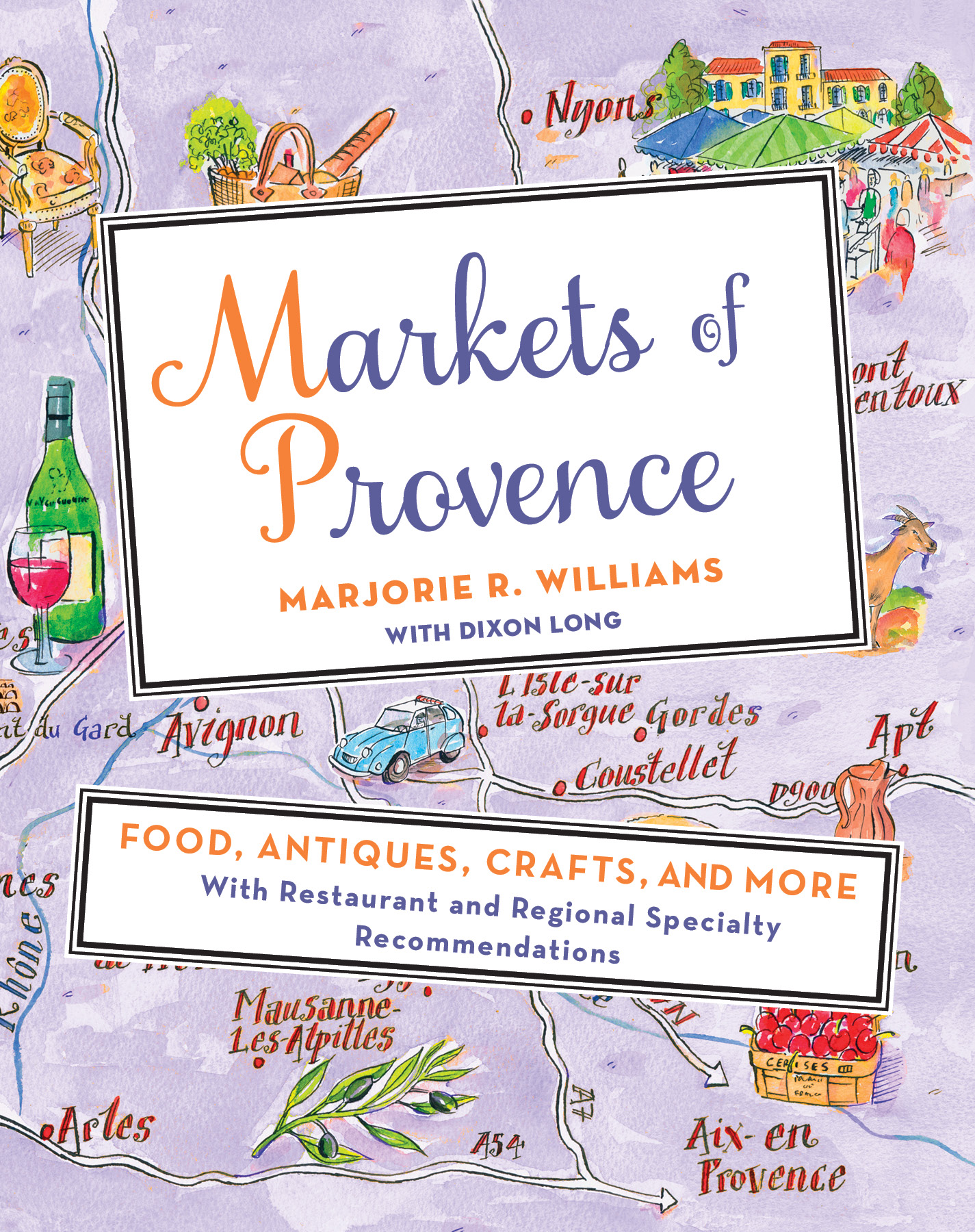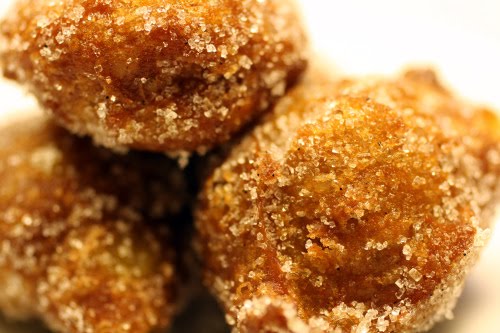
Spiced Pumpkin Beignets
Today in London, all of a sudden, it was November. The wet leaves swirled in the wind, and I bit into my favorite Godiva pumpkin truffle that my parents had left for me on their last visit here. And as I walked up Kensington High Street, the Indian summer finally gave out, and it was cold.
I love November. Maybe it’s because my twenty-seventh birthday is lurking around a corner. And with that brings the inevitable promise of cake, which I do not take lightly. A birthday should never break its promises. But I think also that Halloween is the hors d’oeuvre in a great two-month banquet. And if you love food, you can’t help but wake up on November 1, bloated from Halloween candy, thrilled to start the feast.
I think there is something about the holidays in your twenties. You are old enough to be away—sometimes, as I am, very, very far away. Too far away to come home. In some ways, as young adults, we try to distance ourselves from the stodgy mud of our pasts, thinking exuberantly that we finally get to do it our way. And then, after one too many Thanksgivings spent eating pumpkin ravioli and turkey meatballs, you realize that childhood was really just yesterday, and you miss probably more than anyone the great laden tables popping with stuffings and birds and ciders.
My mother, for instance, used to greet me everything Thanksgiving break with a pumpkin pie. It is maybe my favorite food. For all the high-falutin’ claims that usually come to mind—like rose macarons and truffled mac and cheese and lobster—I remind myself every year around this time that pumpkin pie is what I wait all year long for. I would come home and there would be two pumpkin pies in the fridge: one large one for Thursday, and one slightly smaller one for Wednesday night. It was all mine, and I would sit, exhaling the frenzy of school, on the couch with a fork and a television. It was a match to the death; I always won, and the pumpkin pie was always devoured.
Now, here in London, where pumpkin pie is something of an oddity, cans of pumpkin are in limited supply. It feels like we Americans are on war rations. The cans are priced at 2.50 GBP, and great neon signs read: PUMPKIN! Get it while you still can. I bought eight cans.
When Bon Appétit asked me to create a holiday dessert, I knew it had to be pumpkin. Nothing else is quite so special. Peppermint, gingerbread. You can eat them whenever it suits your fancy. But pumpkin—you have to wait for it. It is precious as it is common. I love its Americana, its richness, its warmth. It is a call to the table, the period at the end of a very long and filling run-on sentence.
That is why I chose pumpkin. But why beignets? Firstly, because the holidays are about family. And though mine is currently across an ocean, my French relatives, including Maman, think pumpkin pie is useful only for hurling at people in old-fashioned sitcoms. Beignets are just what my family calls donuts. I chose them because like pie, they are “salt of the earth”—only sweeter. They are old fashioned and rustic, and yet elegant and urbane. Restaurants all over the world, like Stanton Social in New York and Wahaca in London, are selling out of their little gourmet donut desserts. It just goes to show you. You can make a chocolate truffle cake. But people just want to eat donuts.
These are made from a simple choux pastry, cut with dense pumpkin, spiced with gingerbread spices, and spiked with Bourbon. When they are puffed and golden and hot, I toss them around in vanilla bean sugar. I love that they do triple duty: on Thanksgiving, I add shredded apple for a harvest vibe. For Hanukkah, they’re fried, so job’s done. And at Christmas, the gingerbread spices and deep Bourbon predominate. Like the evergreens outside, these outlast the season. I serve them with a Spiced and Sparkling Norman Mulled Cider, made from sparkling apple cider from Normandy spiked with Calvados and simmered with cinnamon sticks and cloves. For an elegant dinner, fry these up just before serving, and place them in scalloped paper cones. For an informal feast, have your guest in the kitchen and dare them not to eat the beignets right from the fryer. Nothing is more rustic or refined, more simple or surprising, than these Spiced Pumpkin and Bourbon Beignets with Vanilla Bean Sugar.
I hope you’ll make them and share them this winter. Merry Christmas (and Hanukkah and Thanksgiving) to all, and to all a good bite. Bon app!
This recipe is an entry in the Bon Appétit Blog Envy Holiday Dessert Bake-Off. Click here to vote for me! Merci! (It is the last category: “Miscellaneous Desserts.” Click on the “Vote on the Next Batch” button until you get to the sixth category.)
Spiked and Sparkling Norman Mulled Cider
serves 4
Ingredients
75 cl cidre buché (Norman or Breton hard apple cider)
2 tablespoons Calvados
1 cinnamon stick
2 cloves
1 tablespoon plus 1 teaspoon sugar
Procedure
Place all the ingredients in a saucepan. Turn the heat on the stove to medium-low, and allow the mixture to heat through for 10 to 15 minutes. Serve warm.
Bon Appétit Blog Envy. VOTE!
Spiced Pumpkin and Bourbon Beignets
makes about 45 beignets
- 1/2 cup canned pumpkin
- 2 tablespoons Bourbon
- 1/2 teaspoon ground cinnamon
- 1/4 teaspoon ground ginger
- 1/8 teaspoon ground cloves
- 1/8 teaspoon ground nutmeg
- 3 tablespoons light brown sugar
- Pinch salt
- 6 tablespoons water
- 1 stick butter
- 1 cup flour
- 3 eggs
- 1/2 Golden Delicious apple, peeled and grated (only for gilding the lily; optional for Thanksgiving)
- Vegetable oil for frying
- 1/2 cup sugar
- 1 used vanilla pod
- Combine the pumpkin, Bourbon, spices, brown sugar, salt, water, and butter in a medium saucepot. Cover, and sit over medium high heat until the butter is just melted and the mixture is bubbling.
- Take the pan off the heat, and dump in all the flour at once. Using a wooden spoon, stir forcefully and rapidly until all the flour is absorbed. Place the pan back on the heat over medium-low heat for 30-45 seconds, until the dough comes away from the sides of the pan. Decant the hot dough into a large bowl.
- Stir the dough around to cool it off, and then add the eggs one at a time. Add one egg, and use the wooden spoon to stir it in. You could also use an electric hand mixer. Once the egg is absorbed, add the next, and then repeat for the third egg. The final pumpkin spice choux pastry should be smooth, thick, and sticky. The perfect way to gild the lily for Thanksgiving is to add 1/2 peeled and grated Golden Delicious apple to the pastry dough now, before frying. It adds autumnal sweetness and moisture that is irresistible.
- Heat a deep pan half full of vegetable oil until it registers between 310 and 325 degrees on a candy thermometer. Drop in teaspoon-sized amounts of dough in batches, careful not to overcrowd the pan and effectively drop the temperature of the oil. Fry the beignets for 6 to 9 minutes. The trick is to allow them to fry until they crack. The fissure will expand. That is what creates the puff inside the beignet. When the fissure and the rest of the beignet are about the same color, six to nine minutes should have passed, and you’ll know the inside is cooked. Remove with a spider or slotted spoon to drain on paper towels. Toss with the vanilla sugar (recipe follows).
- Vanilla sugar is the perfect way to use up scraped vanilla pods that you’ve used in other recipes like crème brûlée. Save the pods in a baggie, and then decant the sugar into a bowl. Use your fingers, and get some of the sugar into the crack in the split vanilla bean; then scrub with the sugar as though you were scouring a pan with salt. You won’t believe how much vanilla is still left inside, and it is more than enough to make vanilla sugar for these beignets.
print this recipe


